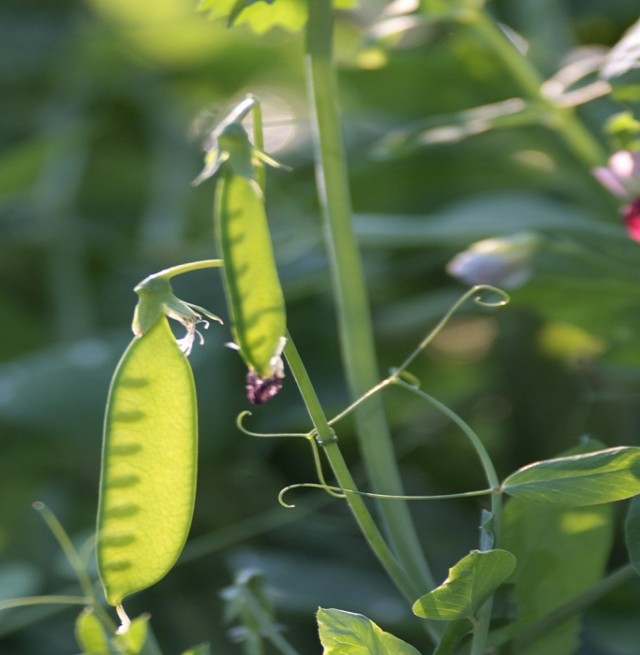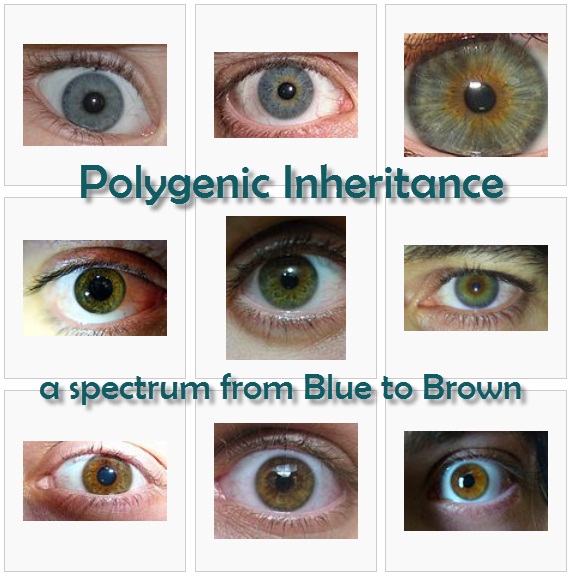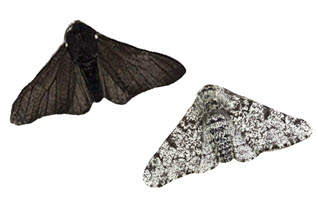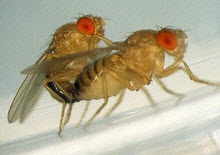HL Genetics Activities for Learning
Lesson Plans for the HL Genetics Topic
The ideas for learning activities on this page aim to cover the whole of the IB guide for this topic. Where a full lesson plan has been developed it includes resources to use on an interactive whiteboard and worksheets to print. There is a mix of laboratory work, theory lessons, and assessment materials with model answers.
Meiosis - planning sheet 10.1This simple sheet sets out the learning objectives, essential questions and some ideas for assessment for the following activities |
|
 |
Meiosis (new guide)Time: 1-2 hr After an introductory presentation students assess their knowledge of meiosis with some diagnostic questions. Following this they make some structured notes about how meiosis, chromosomes and inheritance are connected. A final review of the diagnostic questions is included to assess learning. |
Inheritance - planning sheet 10.2This simple sheet sets out the learning objectives, essential questions and some ideas for assessment for the following activities |
|
 |
Di-Hybrid CrossesTime: 1hr Students are introduced to a logical method of illustrating inheritance with two genes simultainiously. There is a quick online introductory presentation followed by some gentics problems. As a plenary a review of examples of dihybrid problems in a great summary of a whole range of basic genetics concludes this lesson. |
 |
Polygenic InheritanceTime: 1h Using a powerpoint introduction students learn about another example of inheritance which Mendel didn't attempt to explain. Polygenic inheritance is probably the most common type of inheritance but even in its simplest form it appears rather complex. There are some simple examples to understand when students complete the structured notes worksheet and some questions to test this understanding. |
 |
Gene Linkage 1 - Sweet PeasTime: 1h The discovery of biology can be a good model for learning about 'how science works'. This lesson begins with a short introduction to the work of Bateson, Sanders and Punnet to set the scene. Students then complete some chi square tests on real data from these groundbreaking experiments from the beginning of the 20th century. Through these experiments the linkage of genes was first observed experimentally. |
|
|
Gene Linkage 2 -DrosophilaTime: 1-2h Students use an online fly lab to repeat some of the experiments which helped Thomas Hunt Morgan in the discovery of linked genes, and the recognition of the role of chromosomes. Students learn that sometimes alleles are not independently assorted. Drosophila eye colour is one example. The connection between parent phenotypes, F1 phenotypes and recombinant genotypes is illustrated using historical experiments. Linkage notation is also introduced. |
Gene pools and speciation - Planning sheet 10.3This simple sheet sets out the learning objectives, essential questions and some ideas for assessment for the following activities |
|
 |
Gene poolsAfter consideration of what a gene pool is and the way that evolution causes changes in gene pools this lesson looks at the driving forces of speciation using the examples of Bird of paradise species an excellent video illustrates these concepts and there are some questions for students to go with the video. |
 |
Polyploidy shortUsing the examples of agricultural crop plants students learn what polyploidy is and how it helps solve the problems of hybrid infertility in plants often leading to new species and hybrid vigour. . |

 IB Docs (2) Team
IB Docs (2) Team

